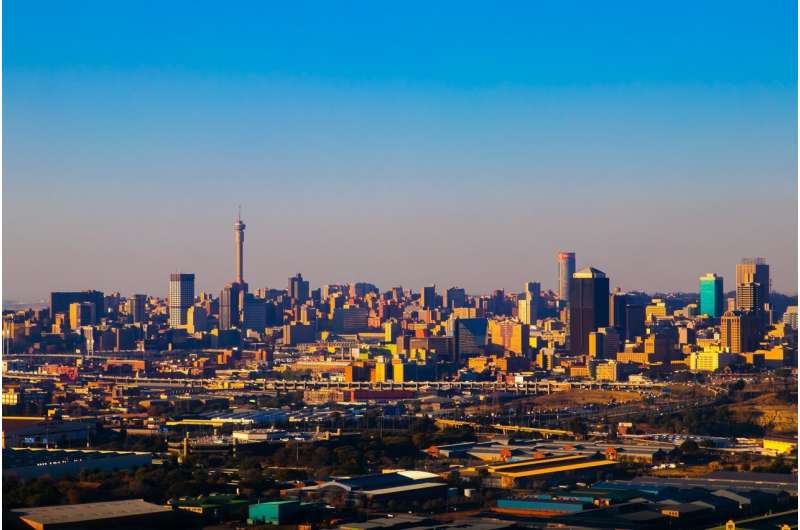Credit: Pixabay/CC0 Public Domain
Reflecting on 30 years of democracy in South Africa raises the question of whether its cities have truly evolved in terms of racial integration.
Under apartheid, residential areas in South Africa were strictly segregated by race. Black African individuals were confined to townships on the outskirts of urban centers, while white residents enjoyed living in close proximity to amenities and job opportunities. This enforced segregation led to negative consequences across racial groups.
The advent of democracy in 1994 presented an opportunity for new residential developments to promote racial diversity. However, the reality paints a different picture.
A recent study delves into the progress of spatial transformation in South Africa, particularly in terms of racial integration within neighborhoods.
The findings suggest that while some new residential projects in Gauteng province show signs of improved racial diversity, many others fall short. Developments near townships still predominantly house black African residents, often from lower-income backgrounds. Suburban expansions catering to wealthier residents exhibit some racial diversity, yet economic disparities persist among different racial groups.
This continued segregation hinders certain groups from accessing job opportunities and urban amenities, leading to additional costs such as transportation for commuting to distant parts of the city.
2024-06-02 23:00:02
Original source: phys.org




















